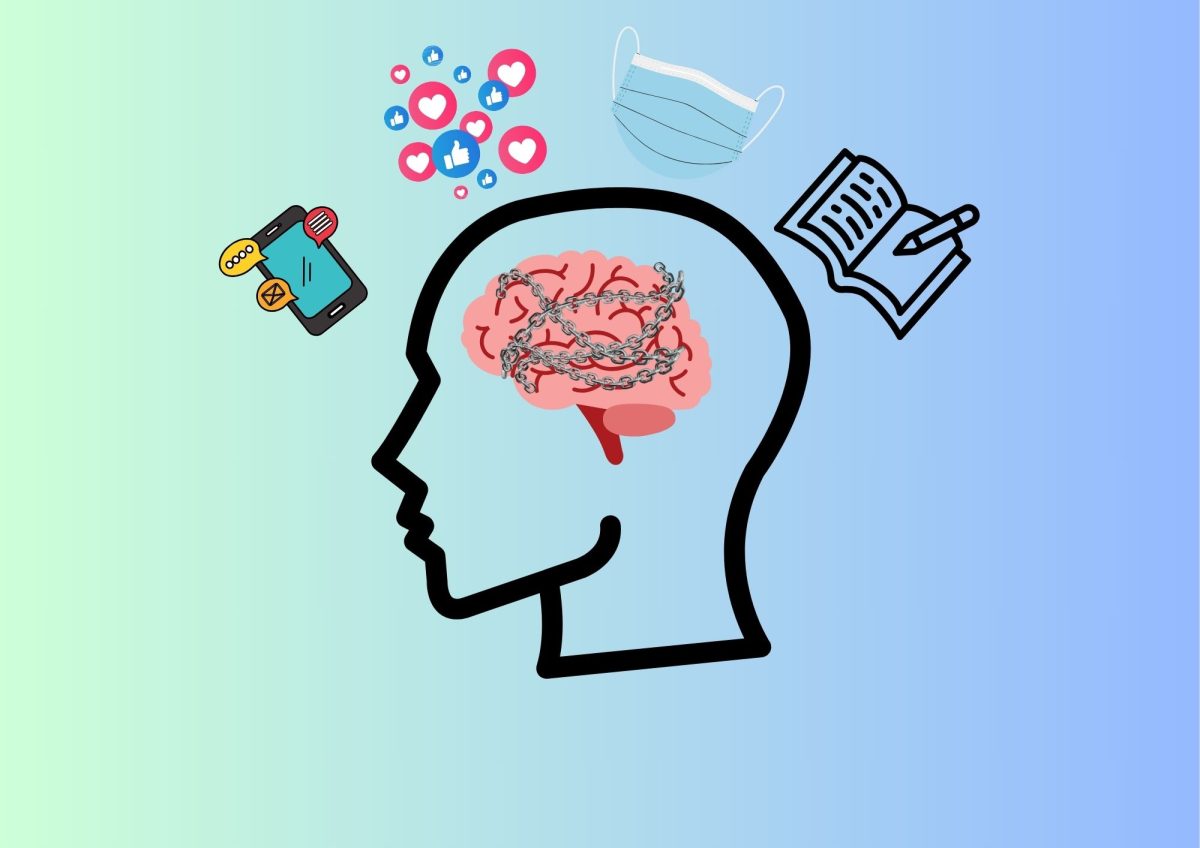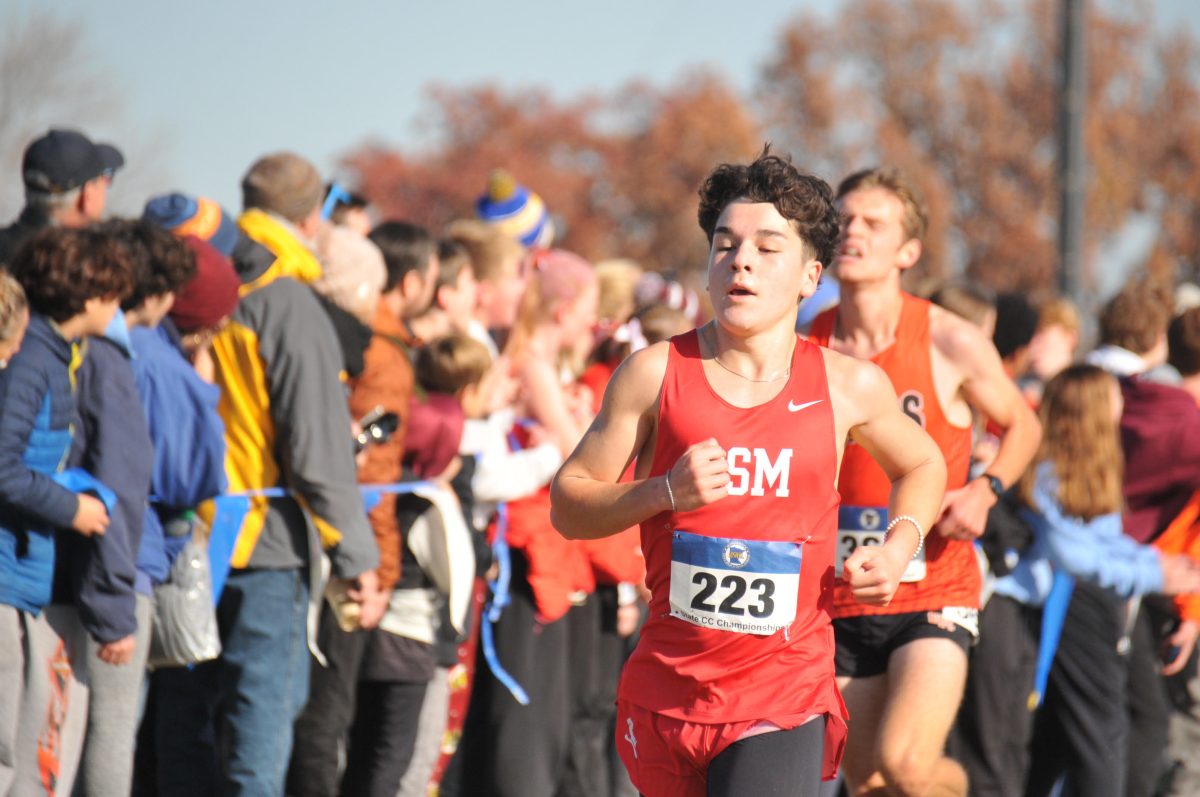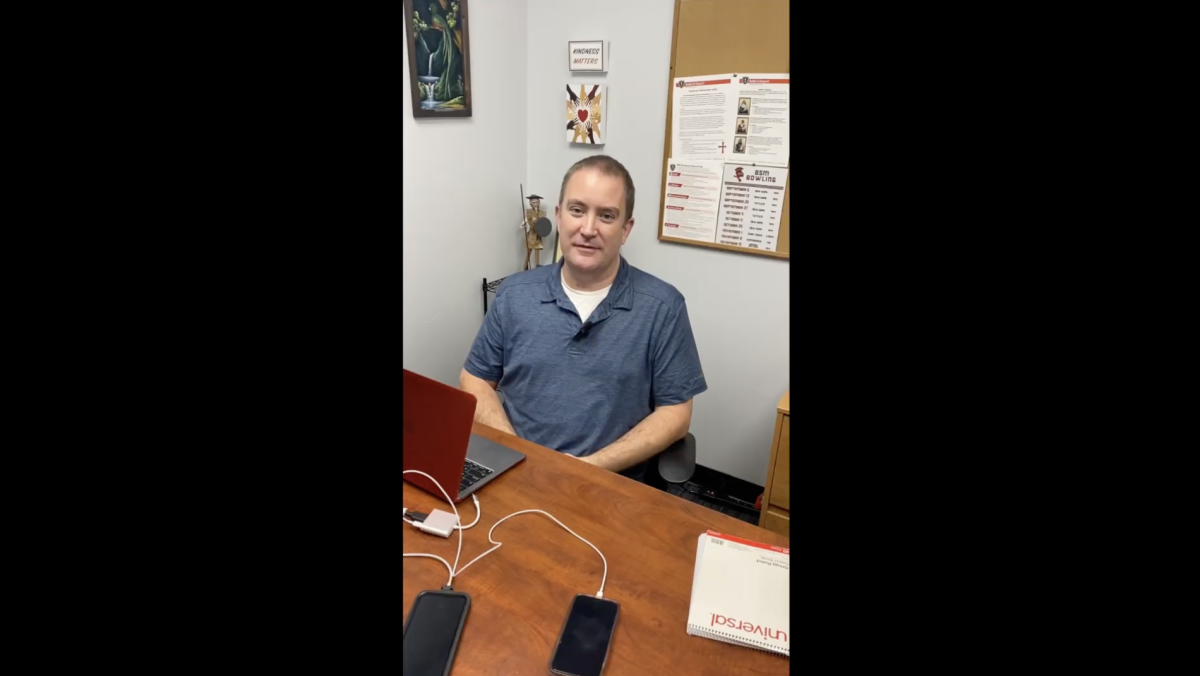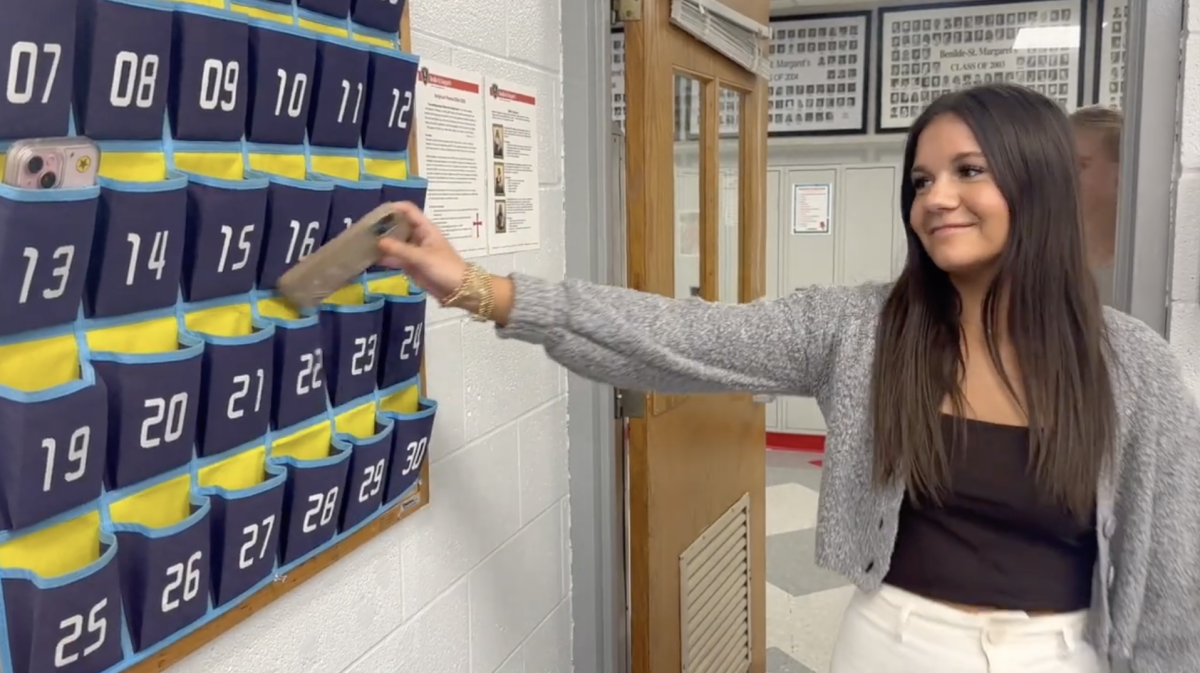Students moods affected by the winter weather
As the cold winter months slowly drag on, there is no motivation to leave the house, do homework, or anything other than sleep. Though the holiday season is a time for everyone to be happy and pray for snow, nevertheless, once the festivities come to an end in the beginning of January, people get annoyed and unhappy with the ugly slush that covers the roads and sidewalks.
Students mainly feel lethargic and lazy during the long months of negative temperatures. Without any drive to do schoolwork and activties, it is not a productive season for most people. “There are times when I feel I haven’t done anything active in a long time, so I feel the need to get out of the house,” senior Anna McGinn said.
As soon as our two weeks of Christmas break end, and students are pulled back into their normal routine, it can be hard to fully feel motivated. Every day students typically follow the same routine of waking up early, attending school, taking tests, doing homework, and going to long sport practices. Along with tireless schedules, loads of schoolwork, and activities, students have to face dark, dreary days that are often around freezing temperatures with snowfalls that extended into the early spring in years past. “The Minnesota winter makes it hard to bear daily life because it seems to never end,” said freshman Morgan Hovanec.
Many students feel that there isn’t much to look forward to in the winter, which can put a damper on student’s moods. Sophomore Bailey Adams has noticed a change in her own mood during the winter season. “Every day I have to go to school and attend three hours of dance in the evening. The same routine definitely can get exhausting,” Adams said.
Moods are also a changing factor in the winter. The official disorder is called Seasonal Affective Disorder (SAD), which is seen in both minor or severe cases. Some of the minor symptoms of SAD are weight gain, low energy, school complications, and anxiety. Severe symptoms would include depression, suicidal thoughts, drug abuse, and feelings of hopelessness. “I don’t experience the extreme effects of that [SAD], but I do think I am affected by it slightly,” senior Alex Moroz said.
The mood swings that occur during the transition of cold to warm weather affect students and their studies. The energy levels decrease, meanwhile, the desire to sleep and stay in bed increases. “I get more tired and in a hibernation stage,” senior Peter Watkins said.
The summer, spring, and fall months push individuals to go outside, hang out with friends, and successfully perform their daily priorities.











































Michael Hawkins • Feb 24, 2014 at 8:09 pm
Very interesting article, Kathleen.
M. Hawkins